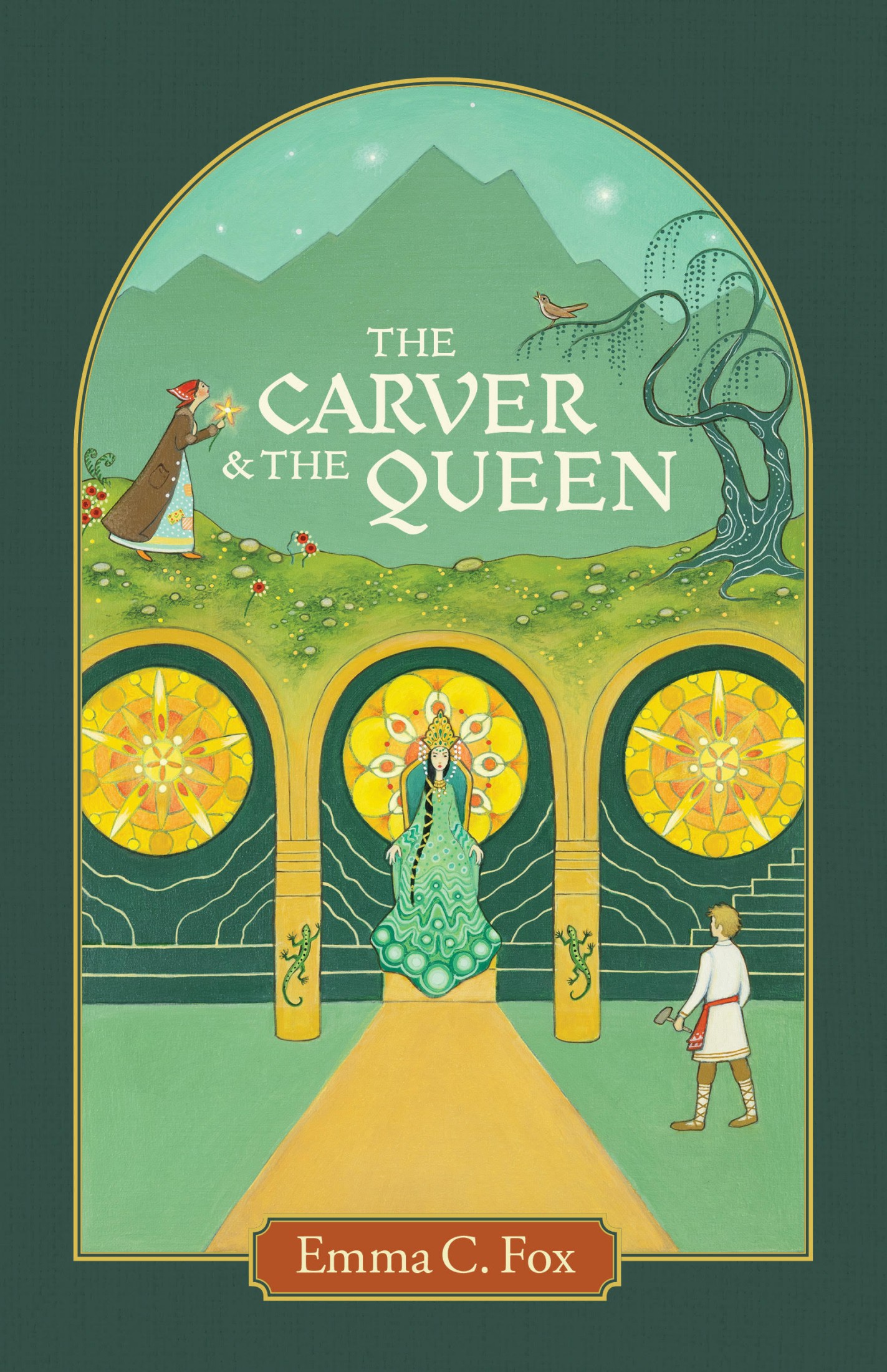“Anne’s hand found its way into Diana’s. They sat for a long time in a silence too sweet for words. Long, still evening shadows fell over the grasses and the flowers and the green reaches of the meadows beyond. The sun went down…grey-pink shades of sky deepened and paled behind the pensive trees…the spring twilight took possession of Hester Gray’s garden where nobody ever walked now. Robins were sprinkling the evening air with flute-like whistles. A great star came out over the white cherry trees…”
Never a dull moment…
Anne Shirley stole my book-loving heart from the first page of Anne of Green Gables. I have not recovered since and continue to read of her adventures as an enraptured soul sighing at the beauty of her imagination. I have now traipsed through six of the Anne Shirley adventures, as I have just concluded another tribute to her fictional life in Anne of Ingleside.
Lucy Maud Montgomery’s pure genius and writing talents do not disappoint in any of her works, and Anne of Ingleside is certainly no exception. Vivid imagery and setting descriptions frequently impress the reader throughout the entire novel, even as the drama in each character’s life may wax and wane. Montgomery uses her pen deftly and spares no adjectives or adverbs in her attempt to bring the world of Ingleside (and still some of Avonlea) to life right in front of the reader’s eyes. It was no small pleasure to feel as if I myself actually stood in Ingleside, listening to Anne tell the story herself as I looked across the beautiful scenery of P.E. Island!
Not all readers find lengthy scenery depictions fascinating or enjoyable, but I would be not a little surprised if someone could not express interest in Montgomery’s descriptions of each of her characters. Character sketches usually give the reader a mental photograph of the subject and give a general impression of their personality; however, Montgomery outdoes herself with insightful tidbits of information about each character at the perfect moment in time as to give the reader a glimpse into the very mind and soul of the subject. These character details move the plot along even without a circumstance or situation actually occurring at that point in the book (although dull moments in Anne’s house seem to be few and far between.)
The inclusion of Anne’s children (now come to a total of 6) as main characters gives even more cause to glory in the imagery and character sketches written in this novel. We find a piece of Gilbert and a bit of Anne in each of the children and follow them through not a few of their childhood adventures, mistakes, imaginings, sicknesses, and travels. The Blythe children bring as much joy, imagination, and curiosity to the world as did their mother before them.
Perhaps sketches and imagery are not your fancy in a book – do not run away just yet! Besides these there is also the plot itself to consider. Yet again, we find this dialogue on Anne and the Blythe family’s life to be just what a plot ought to be! The plot does not overwork itself, but neither does it sit on its heels in laziness. I found the pace to be perfectly enjoyable and conducive to both a one-sitting read and readings stretched out across several days into a week or two.
Every 2-3 chapters tells us one happening in Ingleside (through the eyes and mind of individual characters, varying between each of the members of the Blythe household, but specifically the children) allowing both the fast and the slow reader alike to take this novel at their own individual speeds.
As to the content, there is nothing that darkens the steps of the Ingleside House (apart from a few misadventures here and there that cause no harm to readers young and old alike.) To find such an innocent yet enjoyable read in the landscape of modern literature causes my own reader’s heart to despair at times. Perhaps we could find such books more commonly in the junior section of most libraries (although even that proves difficult at times), even as the adult parts of libraries would cause the ladies of the Glen and Avonlea to whisper quietly over their scandalous contents.
But I digress.
A summary…
While Anne of Ingleside does not actually start in Glen St. Mary (it begins in the ever-beloved Avonlea), almost the entirety of the plot takes place in this village.
We are reminded quickly of how much we love Anne and Gilbert while also finding ourselves introduced to a new set of protagonists: the Blythe children. Jem, Nan, Di, Walter, and Shirley Blythe (followed in just a few short chapters by Marilla “Rilla” Blythe) play out the largest portion of the story, although Anne has a few adventures of her own. Each child (except for Shirley and why or how he drew the short straw I have not the slightest inkling) comes under the spotlight of L.M. Montgomery’s pen at least once with special adventures or trials that find them on the well-traveled road of childhood.
Jem seems a special character to me, but perhaps I am drawn to him by our commonality in being the firstborn. His chapters have a special focus on the relationships he builds with several pups, each of which teach him something new that could not have been learned in any other fashion. His stories certainly have a more melancholy ring to it, but even P.E. Island does not attain to Heaven and all its perfections.
One can conclude from Nan’s stories that she maintains an honest character while having a tendency towards gullibility. Whether taken in by a schoolmate or by her own imagination, Nan certainly has a way of entertaining us with her childhood misfortunes. She serves us not a few good laughs in the midst of her troubles, but anyone with their own ability to imagine could sympathize wither her in those times of distress.
Di, Nan’s twin sister, has a tender and sympathetic heart coupled with implicit trust in basically everyone she encounters. This forms the backbone of her stories as we encounter new children in the local school yard and watch the progression of friendship between these children and Di. In Di’s case, she is taken in not by her own imagination (as Nan sometimes was) but by the imaginings of her friends. But again, we can find it easy to comfort such a child if we simply remember our own childhood.
We find a quiet but contemplative character in young Walter. Anne actually notes on one occasion that Walter perhaps sees and understands things that no other child could grasp. As his story is woven into Montgomery’s tapestry, he endears himself to his readers and becomes a cherished and well-loved character.
As I mentioned previously, Shirley finds himself almost entirely left out of the story. In fact, when his name was mentioned a few times in passing in the few final pages of the book, I had forgotten that Shirley even existed! I suppose it is possible for an author to “forget” to write in one of their characters, but it seems unlikely. Whatever the reason, we don’t know anything much about Shirley.
Anne gives birth to Marilla (more commonly called “Rilla” or “Roly-Poly”) soon after the beginning of the book, which stirs not a little amount of excitement in the Blythe home. However, for the majority of the novel, we don’t hear much about Rilla, aside from a few scattered comments on how she has grown or some toddler antics she’s been up to. When her time comes for an adventure she has grown into a people-pleasing youngster of 5. Her unfortunate afternoon involves one infamous cake, the local teasing gang of boys, a pretty teacher, and one rash decision.
One thing you can know for sure: Anne’s children do not disappoint! They made me want to laugh, to cry, to jump for joy! This novel can sit on your shelf with the best of the classics and hold its own. I give it 5 stars and 2 thumbs up, not only for the content and the actual story, but also for the astute writing. Go find a copy for yourself and enjoy a read on a gabled porch. Until the next book!
![]()




Great summary of a great book!
Here is the podcast:
http://podcast.megsbookquery.com/index.php?name=2020-07-22-anne_ingleside.mp3
Here is the youtube video:
https://www.youtube.com/watch?v=jRgqhzh4mN0
Bitchute version:
https://www.bitchute.com/video/pSTdt37to8Cs/
10 minutes